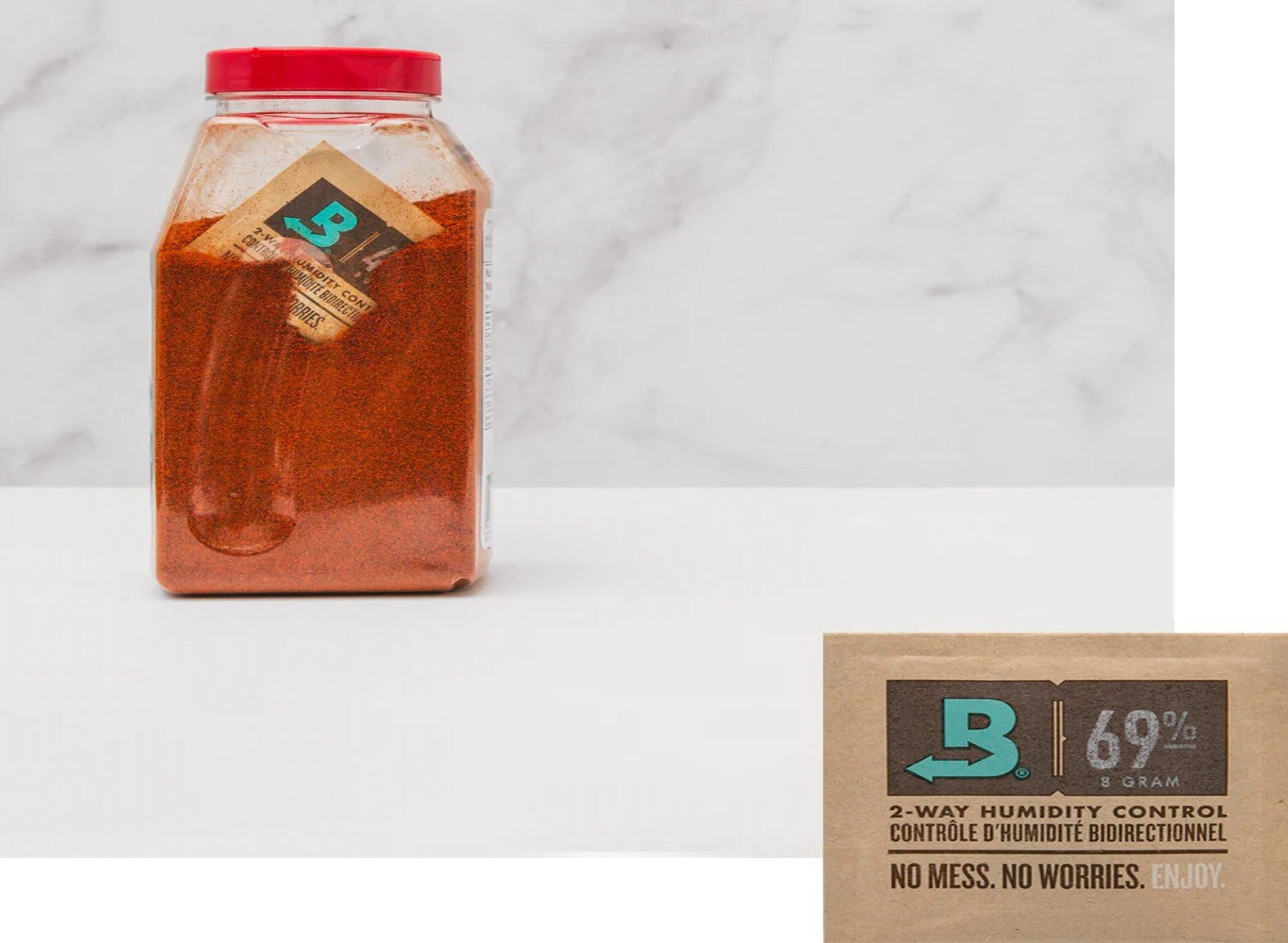Table of Contents
Child-resistant labeling for flexible packaging presents unique challenges for cannabis brands. As regulations tighten across states, manufacturers must balance compliance requirements with branding goals while ensuring product safety. This guide explores effective solutions for implementing child-resistant labels on flexible packaging formats like mylar bags, pouches, and other non-rigid containers.
Understanding Child-Resistant Labeling Requirements
Child-resistant labeling goes beyond standard adhesive applications. These specialized labels incorporate mechanisms that make packaging difficult for children to open while remaining accessible to adults, particularly those with limited dexterity.
The core requirements typically include:
- Tamper-evident features that show package integrity
- Multi-step opening mechanisms
- Durability to withstand repeated opening/closing
- Clear instructions for proper opening
According to industry standards for child-resistant labels, these solutions must pass CPSC testing protocols under the Poison Prevention Packaging Act, requiring that 80% of children cannot open the package while 90% of adults can.
Integration with Flexible Packaging Materials
Flexible packaging presents specific challenges for child-resistant labeling. Unlike rigid containers, materials like mylar bags and pouches require specialized adhesives and application techniques.
Key integration considerations include:
- Adhesive strength on various flexible substrates
- Resistance to environmental factors like moisture and temperature fluctuation
- Compatibility with heat-sealing processes
- Maintaining barrier properties of the base packaging
When implementing these solutions, many brands also consider humidity control options for their products to maintain freshness while ensuring the child-resistant mechanisms continue functioning properly over time.
Compliance Across State Regulations
Child-resistant labeling requirements vary significantly by state, creating compliance challenges for multi-state operators. State-specific labeling requirements often dictate not only the physical properties of child-resistant mechanisms but also the warning language and symbols that must appear.
Common regulatory variations include:
- Different warning symbol requirements (California's cannabis warning vs. Colorado's universal symbol)
- Varying font sizes for warning text
- Specific placement requirements for child-resistant instructions
- Different testing standards and certification requirements
Design Considerations for Child-Resistant Labels
Effective child-resistant labels must balance safety features with brand aesthetics. Designing compliant yet attractive labels requires strategic planning.
Material Selection
The base material for child-resistant labels must provide:
- Tear resistance
- Moisture barriers
- Temperature stability
- Compatibility with adhesives
Print Technologies
Different printing methods offer various advantages for child-resistant labels. Digital versus flexographic printing choices impact durability, color vibrancy, and production flexibility.
Implementation Strategies for Brands
Implementing child-resistant labeling requires careful planning and execution. Brands should consider:
Production Workflow Integration
Child-resistant labels often require specialized application equipment or processes. Brands must evaluate whether to handle labeling in-house or outsource based on volume, equipment costs, and compliance expertise.
Quality Control Protocols
Consistent application and functionality testing are essential. Establish protocols for:
- Adhesive bond strength testing
- Child-resistant mechanism functionality checks
- Label information verification
- Batch documentation
Many brands make critical errors in their labeling approach. Understanding common labeling mistakes can help avoid costly compliance issues and product recalls.
Innovation in Child-Resistant Labeling Technology
The future of child-resistant labeling features several promising developments that balance safety with user experience:
- Smart labels with NFC technology for authentication and consumer education
- Color-changing indicators that show when packaging has been compromised
- Biodegradable child-resistant mechanisms that maintain environmental sustainability
- Variable data printing for batch-specific information alongside child-resistant features
Forward-thinking brands are also exploring future-proof labeling strategies that can adapt to regulatory changes without complete redesigns.
As the cannabis packaging industry continues to mature, child-resistant labeling will likely see further innovation in materials, application methods, and integration with brand aesthetics. The most successful companies will be those that view compliance not as a limitation but as an opportunity to demonstrate their commitment to consumer safety and product quality.











Leave a comment
All comments are moderated before being published.
This site is protected by hCaptcha and the hCaptcha Privacy Policy and Terms of Service apply.